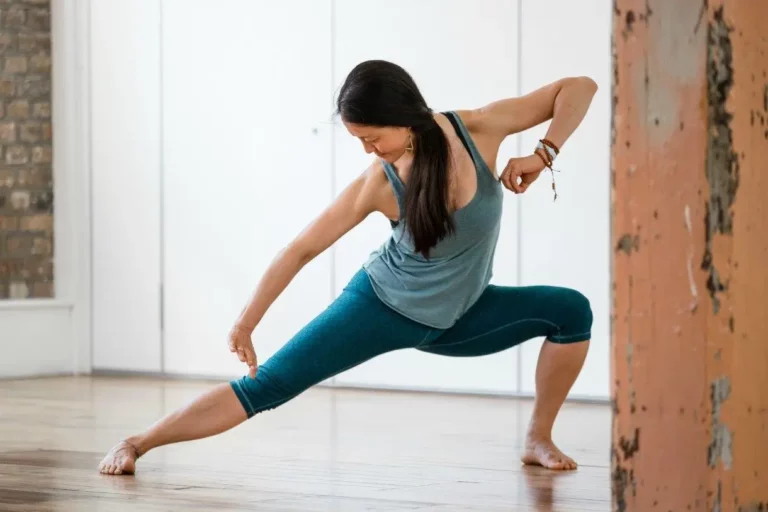We sat down with reiki healer and acupuncturist Sharmin Begum to discuss this gentle yet profound form of energy healing. Read on to learn what reiki is, what to expect during a session, who can receive it and more. Then book yourself in for a session to experience this powerful universal healing firsthand.
What is reiki and how does it work?
Reiki is a Japanese word meaning ‘Universal energy’. Energy is most recognisable as prana, life force, ki, qi, chi or ‘the force’. It is scientifically classified as ‘potential to cause change’ and somehow seems to be always present and vital for life.
Reiki is a form of energy healing technique, that is channelled (the practitioner acts like a funnel) to utilise vast pure universal energy to reconnect and establish a more harmonised optimal energy flow. It holds the space to aid overall wellbeing for your mind, body and soul. The origin of traditional reiki was created in the early 20th century by a Japanese monk and scholar, Dr Usui, who took inspiration from ancient Buddhist healing practices. There are many styles. I practise Usui Reiki and Angelic Reiki.
Can you talk me through a typical session and what a client might experience?
In a typical session, the therapist would introduce the client to what reiki is and they will be asked if there are particular concerns/areas in body/feelings/emotions/thoughts to focus on during the session.
I also ask if you feel comfortable with resting my hands on (touch) or off-body (non-touch) or both, whilst working along major energy centres on the body (commonly known as chakras). Any time at all you feel uncomfortable to please say so, as we can always find ways to adjust.
During the session, the client will be lying down fully clothed under a blanket with their eyes closed and in silence – music is played in the background for the duration of reiki healing. The client may feel various sensations as everyone is different, most people experience deep relaxation, or sometimes prickly, intense, cold, heat but it’s never painful and is non-invasive. After the healing session, the therapist will discuss if anything has come up for the client. The therapist will also give feedback to where they felt any imbalance especially in the major chakras on the body.
Like any form of healing, aftercare is central to the practice. After a session, the client is advised to take it easy with plenty of rest and intake of water – this will further help to integrate the positive reiki healing affects. It is good to take note of any dreams or thoughts that can arise, these can give insight into the healing. If it is the first or second session of reiki then the client may experience detoxing effects (clearing of energies) like feeling emotional or physically strange, even tired for a day or so. Afterwards it generally seems to give most people a positive boost in energy or they feel super relaxed.
What type of problems/ailments can reiki healing be used for?
Reiki tends to induce a deep sense of relaxation, helps with stress and eases anxiety. It should never be used as substitute for western medicine. It is classified as complementary medicine, ideally it is used in conjunction with traditional medical treatment for conditions such as: stress, anxiety, sepression, ADHD, autism, Crohn’s disease, fatigue symptoms, infertility, tiredness, chronic pain and many others, including those that are acute and chronic. Reiki healing helps the client to cope emotionally with whatever they are dealing with in life. It also eases and accelerates the process of recovery.
Who is suitable for reiki healing?
Anyone and every one, this includes pregnant women, babies, children and animals.
Do you have to have an open mind/believe it will work for it to have an effect?
I find it does not really matter if you believe in it or not to experience the benefits. I find it is best to not have any expectations, just go with the flow and see what happens. Even if you physically did not experience strong sensations during the actual reiki healing, generally people recognise the overall change in their wellbeing.
How soon after a reiki healing session might you notice potential benefits?
Most of the people that I have used reiki healing on seemed to feel some sort of instant benefit of initial calmness or deep relaxation. Then as the healing becomes more integrated, over the next 24 hours, they should feel more present or balanced (so your energy is more centred, connected and grounded). Like exercise, the more you do the better you feel, and everyone is different. So, for longer-lasting impact from reiki healing, it requires follow-up sessions. The spacing and frequency of reiki sessions depend upon the individual’s own energy response and general lifestyle.
Sharmin Begum has been within the medical field since 2007, mainly based within the NHS. Immersing herself into Traditional Chinese Medicine from 2008, has been the missing jigsaw piece. The beauty of being acupuncturist is to be able to provide a unique, individualised treatment to bring balance and optimise the body’s condition on all levels (mind, body and soul).
Click here to view Sharmin’s schedule and to book an appointment with her.










